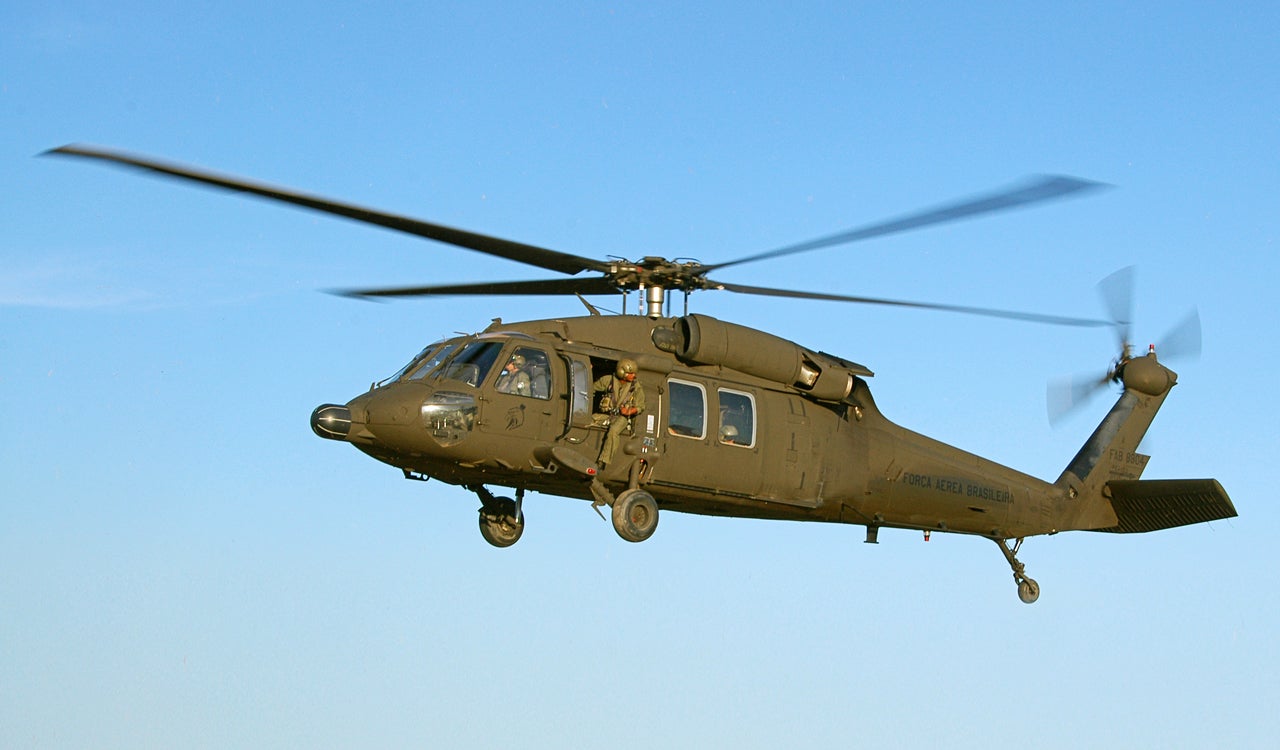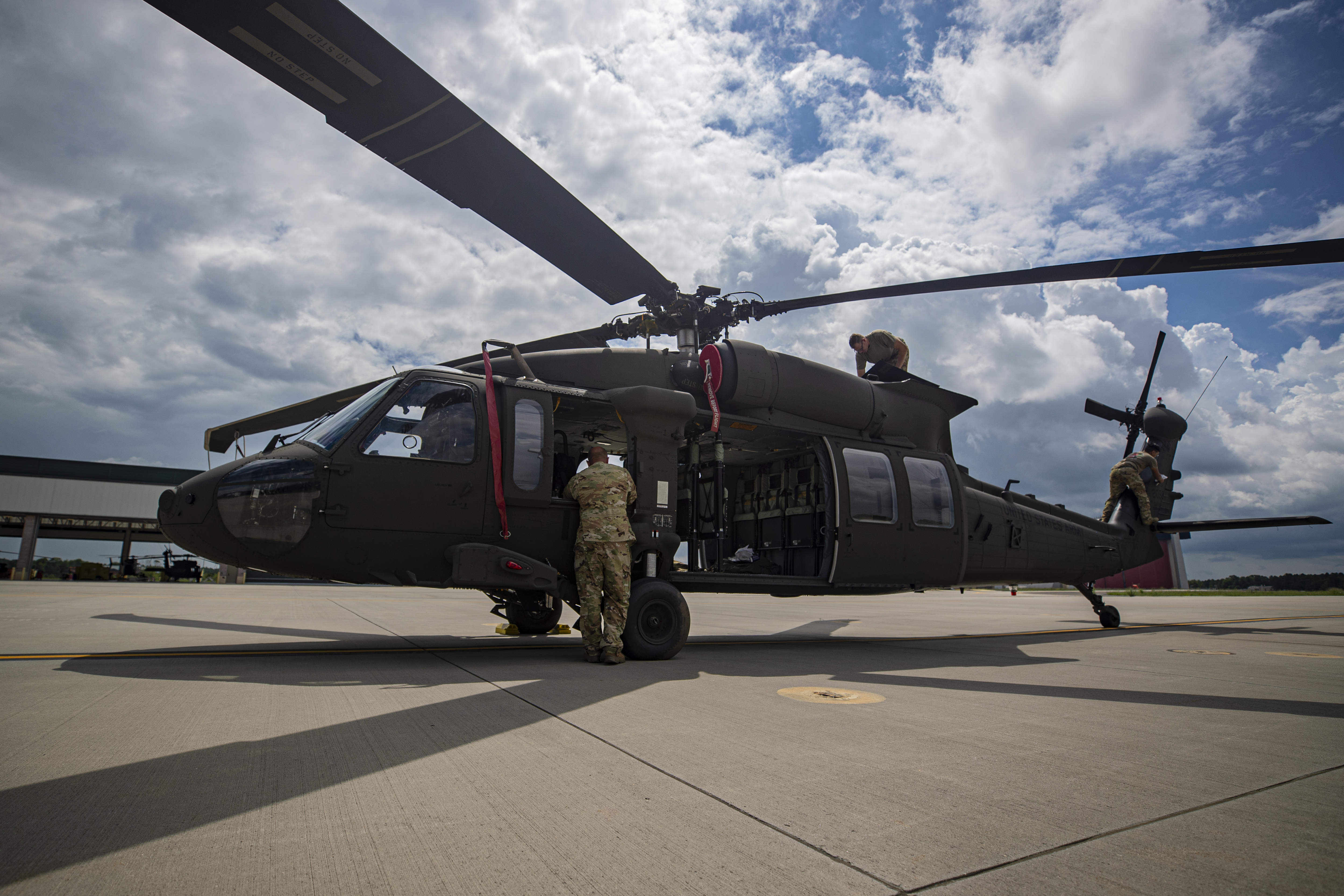History and Development of the UH 60 Black Hawk Helicopter
History and Development of the UH 60 Black Hawk Helicopter
Blog Article
A Comprehensive Guide to the Maintenance and Treatment of Aircraft for Long Life
The durability of an airplane hinges substantially on its maintenance and care, requiring an organized method to make certain optimal performance and safety and security. Regular examinations, coupled with a methodical maintenance program, offer as crucial components in determining possible issues prior to they intensify. Additionally, the problem of the airplane's interior and adherence to governing standards play critical functions in maintaining its worth. Yet, comprehending the complexities of these methods can be complicated; consequently, it is necessary to discover the essential components that add to effective aircraft care and the implications of overlooking these duties.
Importance of Normal Maintenance
Regular upkeep is vital for the safety, performance, and durability of aircraft. An organized technique to maintenance makes certain that all elements operate efficiently, thus lowering the danger of mechanical failure throughout operation. Routine evaluations and maintenance enable technicians to recognize possible concerns prior to they escalate into substantial issues, ensuring that the aircraft stays in conformity with aviation guidelines.
Moreover, maintaining an airplane according to the producer's standards is important for maintaining its value. A well-documented upkeep background can improve resale leads and instill confidence in possible purchasers. Furthermore, routine maintenance adds to operational effectiveness, as it helps to maximize gas intake and performance metrics, causing set you back savings over time.
In addition, regular maintenance adds to the general safety and security of flight operations (uh 60). By dealing with damage without delay, operators can reduce dangers related to aging airplane systems. This proactive method not only secures the lives of guests and staff but also safeguards the aircraft itself against devastating failings

Daily Examination Checklist
Exactly how can pilots and maintenance staffs make sure the aircraft remains in optimal condition prior to each flight? The solution lies in an extensive daily evaluation checklist, which offers as a crucial method to recognize prospective problems that can jeopardize safety and security and performance. This checklist ought to incorporate a number of essential areas, consisting of exterior and indoor inspections, along with practical checks of vital systems.
Beginning with the outside, staffs ought to analyze the airframe for any type of noticeable damages, leakages, or indications of corrosion. Interest must be paid to manage surface areas, landing gear, and the condition of tires. Moving to the inside, the crew must validate that all instruments and controls are functional, ensuring that digital systems are operating appropriately.

Along with structural checks, it is vital to inspect fuel levels and validate that all called for records, consisting of registration and weight and equilibrium info, are up to date. Ultimately, a testimonial of emergency situation tools, including life vests and fire extinguishers, should be conducted to ensure compliance with security laws. By diligently following this day-to-day examination checklist, pilots and maintenance teams can dramatically improve the safety and integrity of their airplane.
Arranged Maintenance Programs
Arranged upkeep programs are crucial for the long-term safety and effectiveness of aircraft operations. These programs are created to make certain that all airplane parts undergo routine inspections, maintenance, and essential repair work at fixed intervals. By adhering to an organized upkeep schedule, drivers can significantly decrease the danger of in-flight failures, enhance aircraft reliability, and expand the life expectancy of important elements.
Normally, arranged upkeep is categorized into numerous degrees, including A, D, b, and c checks, each with distinctive needs and thoroughness. A checks are normally extra frequent and focus on fundamental minor fixings and aesthetic examinations, while D checks are extra thorough and happen less regularly, including substantial disassembly and overhaul of the airplane.
Regulative bodies, such as the FAA and EASA, mandate conformity with particular maintenance timetables based upon aircraft type and use. Operators needs to preserve precise records of all upkeep executed to show conformity and assist in examinations. Moreover, the integration of anticipating maintenance technologies can additionally enhance the performance of scheduled programs by determining possible problems prior to they escalate, therefore guaranteeing that airplane stay in ideal condition and prepared for secure operations.
Look After Aircraft Interiors
Looking after airplane insides is essential not only for passenger comfort however likewise for keeping the general value and security of the aircraft. Normal cleaning and upkeep of the interior components add dramatically to Bonuses a positive flying experience while protecting the airplane's visual allure.
To ensure ideal care, it is important to establish a regular cleansing schedule that includes vacuuming rugs, wiping down surfaces, and sanitizing high-touch areas. Upholstery and seating must be checked for damage, with any kind of damages promptly addressed to stop additional degeneration. Furthermore, focus needs to be offered to the galley and lavatory locations, which Continued need detailed cleansing and restocking of products to keep hygiene.
Furthermore, using appropriate cleaner is vital; severe chemicals can damage products and finishes, so it is suggested to make use of items especially designed for airplane interiors. Routine inspections must likewise be performed to determine any upkeep needs, such as changing worn-out seat covers or fixing window tones. By prioritizing the treatment of aircraft insides, operators can boost the overall guest experience and safeguard the financial investment in their aircraft.
Recognizing Regulative Conformity
Regulative conformity is a vital aspect of aircraft upkeep, typically calling for operators to stick to a complicated framework of neighborhood, national, and global standards. This structure is mainly established by aeronautics governing bodies such as the Federal Air Travel Management (FAA) in the United States and the European Union Air Travel Safety And Security Company (EASA) in Europe Get the facts - uh 60. These companies state regulations that regulate different facets of aircraft maintenance, consisting of airworthiness, safety and security protocols, and functional treatments

In addition, drivers need to stay informed about adjustments in laws and join training programs to make sure that their staff is knowledgeable about conformity demands. Failure to abide with these laws can lead to extreme charges, consisting of fines, grounding of aircraft, or loss of qualification. Understanding and sticking to regulatory conformity is critical for the longevity and safety and security of aircraft procedures.
Final Thought
In conclusion, the upkeep and care of airplane are paramount for guaranteeing longevity, safety and security, and functional efficiency (uh 60). Normal assessments, adherence to day-to-day lists, and organized maintenance programs promote the early recognition of potential problems. Focus to the aircraft's inside and compliance with regulative standards substantially contribute to maintaining its value. By implementing these methods, drivers can enhance the total experience for passengers while guarding the investment in aeronautics assets.
The longevity of an aircraft pivots significantly on its maintenance and treatment, demanding a structured approach to guarantee ideal performance and security. By carefully following this day-to-day examination list, pilots and maintenance teams can substantially improve the security and dependability of their airplane.
These programs are made to make certain that all airplane parts undertake normal assessments, upkeep, and necessary fixings at predetermined periods. By focusing on the treatment of aircraft insides, operators can enhance the total guest experience and shield the financial investment in their aircraft.
In final thought, the maintenance and treatment of airplane are paramount for making sure durability, security, and operational efficiency.
Report this page